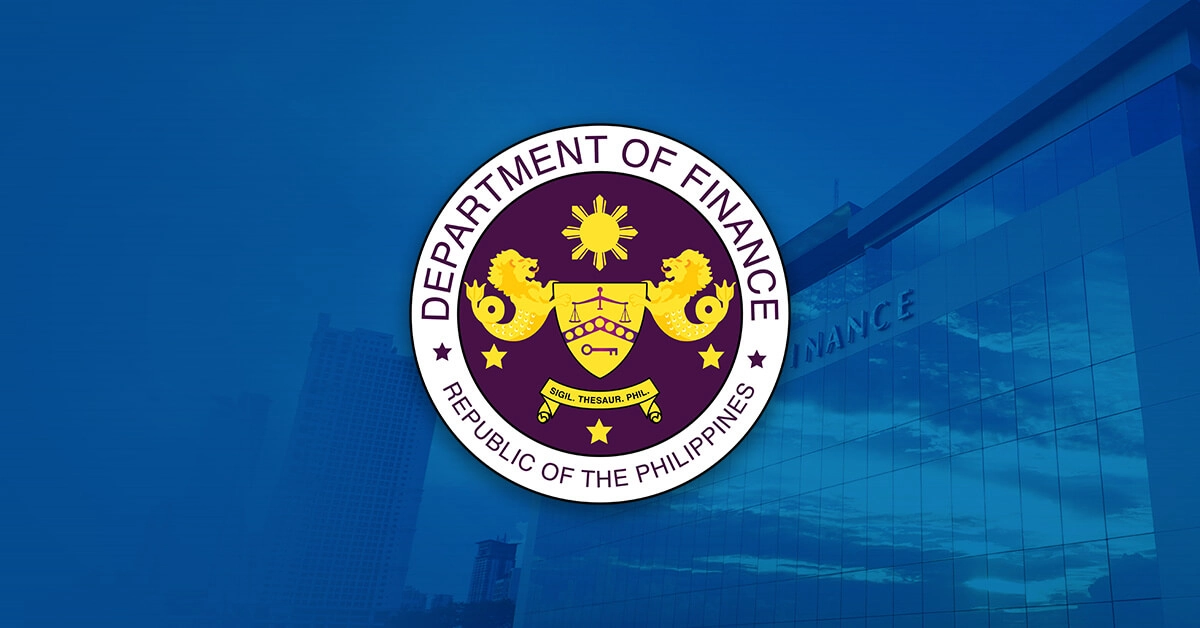The inflation rate in March 2023 further eased to 7.6 percent from 8.6 percent in February 2023. This is within the inflation forecast of the Bangko Sentral ng Pilipinas (BSP) at 7.4 to 8.2 percent and is lower than the median estimate of private analysts of 8.1 percent.
“Inflation pressures have moderated in March 2023. This is a welcome development and we are determined to sustain this downtrend. On the fiscal side, we are resolute in our commitment to intensify the timely implementation of direct measures to curb persistent inflation and mitigate its impact on the most vulnerable sectors,” Finance Secretary Benjamin Diokno said.
The deceleration can be attributed to the lower contribution of Food and non-alcoholic beverages, Transport, and Housing, water, electricity, gas, and other fuels to overall inflation.
Core inflation, which excludes selected volatile food and energy items, further climbed to 8.0 percent in March 2023, from 7.8 percent in the previous month and 2.2 percent in the same period a year ago, depicting the broadening of price pressures.
While inflation of food and electricity, gas, and other fuels slowed down in March, these items remain to have the highest contribution for the month contributing 3.29 percentage points (ppt) and 0.79 ppt, respectively.
The main contributors to food inflation are vegetables and fish (both at 0.56 ppt), dairy items (0.39 ppt), sugar (0.37 ppt), and flour (0.35 ppt).
Meanwhile, top contributors to the non-food inflation are utilities (0.79 ppt), food and beverage serving services (0.79 ppt), actual rentals for housing (0.70 ppt), and passenger transport services (0.63 ppt).
Inflation in Metro Manila eased from 8.7 percent in February to 7.8 percent in March. It decelerated in all regions except for the Bangsamoro Autonomous Region of Muslim Mindanao (BARMM).
Inflation for the bottom 30 percent of households improved. It declined to 8.8 percent in March 2023, from 9.7 percent in February 2023.
The main sources of deceleration were lower inflation rates of food and non-alcoholic beverages (9.5 percent), housing, water, electricity, gas, and other fuels (9.5 percent), and transport (6.1 percent), contributing to 42.4 percent, 40.4 percent, and 17.1 percent to downtrend in inflation, respectively.
The government is adopting a whole-of-government approach to tackle the persistently high inflation. On the monetary side, the BSP has increased the policy rate by 425 basis points since it started its policy tightening cycle.
On the fiscal side, the government will continue the timely implementation of direct measures to curb persistent inflation and mitigate its impact.
Secretary Diokno held a press conference on April 4, 2023 to discuss updates on the recently approved Inter-agency Committee on Inflation and Market Outlook (IAC-IMO).
The IAC-IMO serves as an advisory body to the Economic Development Group (EDG) on measures that would keep inflation within the government’s inflation targets.
The Committee is looking to streamline data-gathering tools for the conduct of timely analysis in mitigating inflation and is working closely with various government agencies, to utilize novel advances in science and technology. Some of these include remote sensing, space technology, and data science applications.
The Committee will also be in charge of closely monitoring the main drivers of inflation, assessing the supply and demand of essential food commodities, monitoring external and internal shocks, facilitating data-sharing among concerned agencies, and providing timely recommendations to the President to curb price spikes.
The IAC-IMO will hold technical level meetings throughout April to assess the drivers of food and non-food inflation and recommend policies to mitigate the impact of inflationary pressures.
The principals-level IAC-IMO is scheduled to meet by end-April, while the first EDG meeting will be conducted on April 26, 2023.
